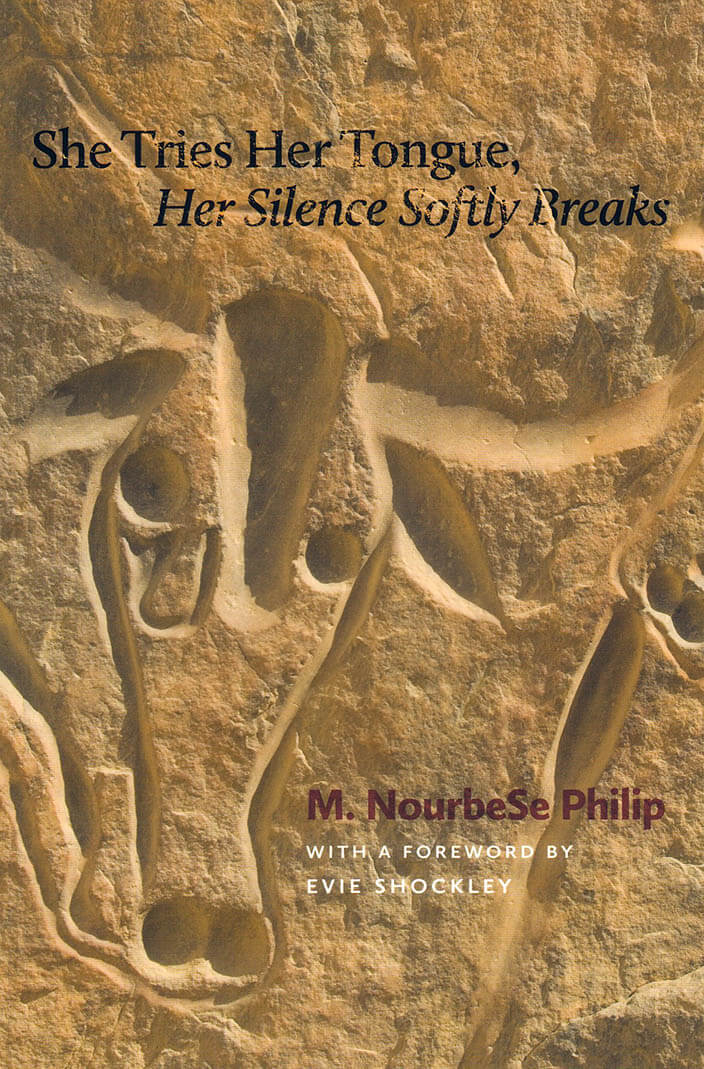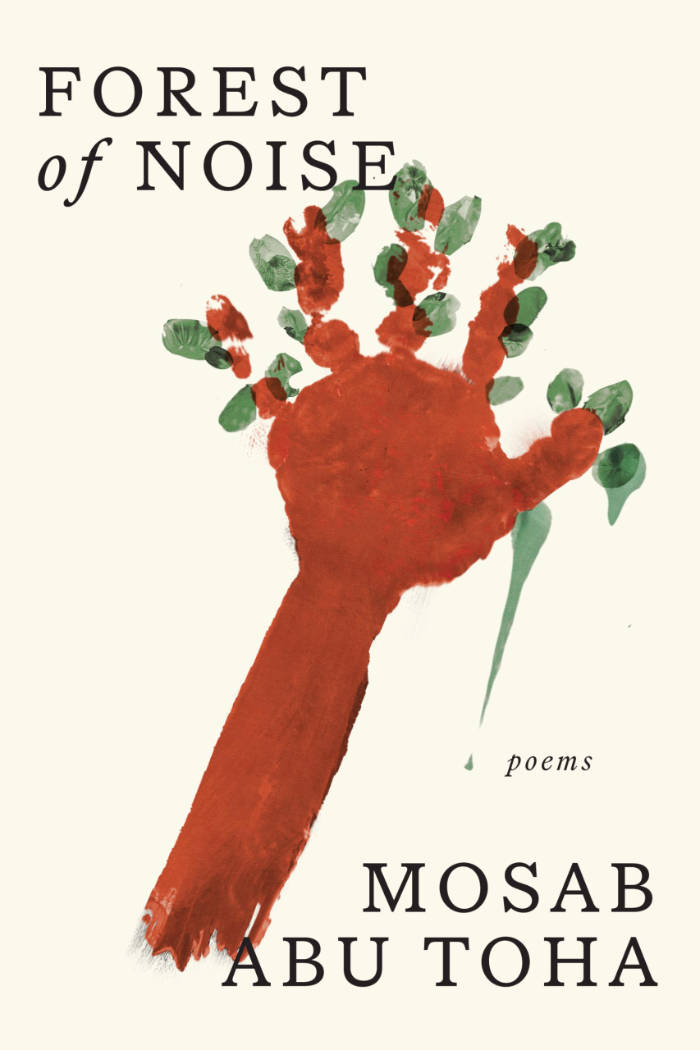
She Tries Her Tongue, Her Silence Softly Breaks
In 1988, Marlene Nourbese Philip won the prestigious Casa de las Americas prize for the manuscript version of this book. She is the first anglophone woman, and the second Canadian, to win the prize. Brilliant, lyrical and passionate, She Tries Her Tongue is an extended jazz riff on the themes of language, racism, colonialism and exile. Poems from this collection have been the subject of many academic papers and have been widely anthologized and reviewed.
Originally published in 1988 in Cuba by Casa de las Americas. Published in 1993 in North America by Ragweed Press (now Stoddart Press) and in the UK by The Women’s Press. Currently published by the author’s own publishing house, Poui Publications. Four of these poems, together with fourteen earlier poems, have been published in the anthology Grammar of Dissent.
Language: English





